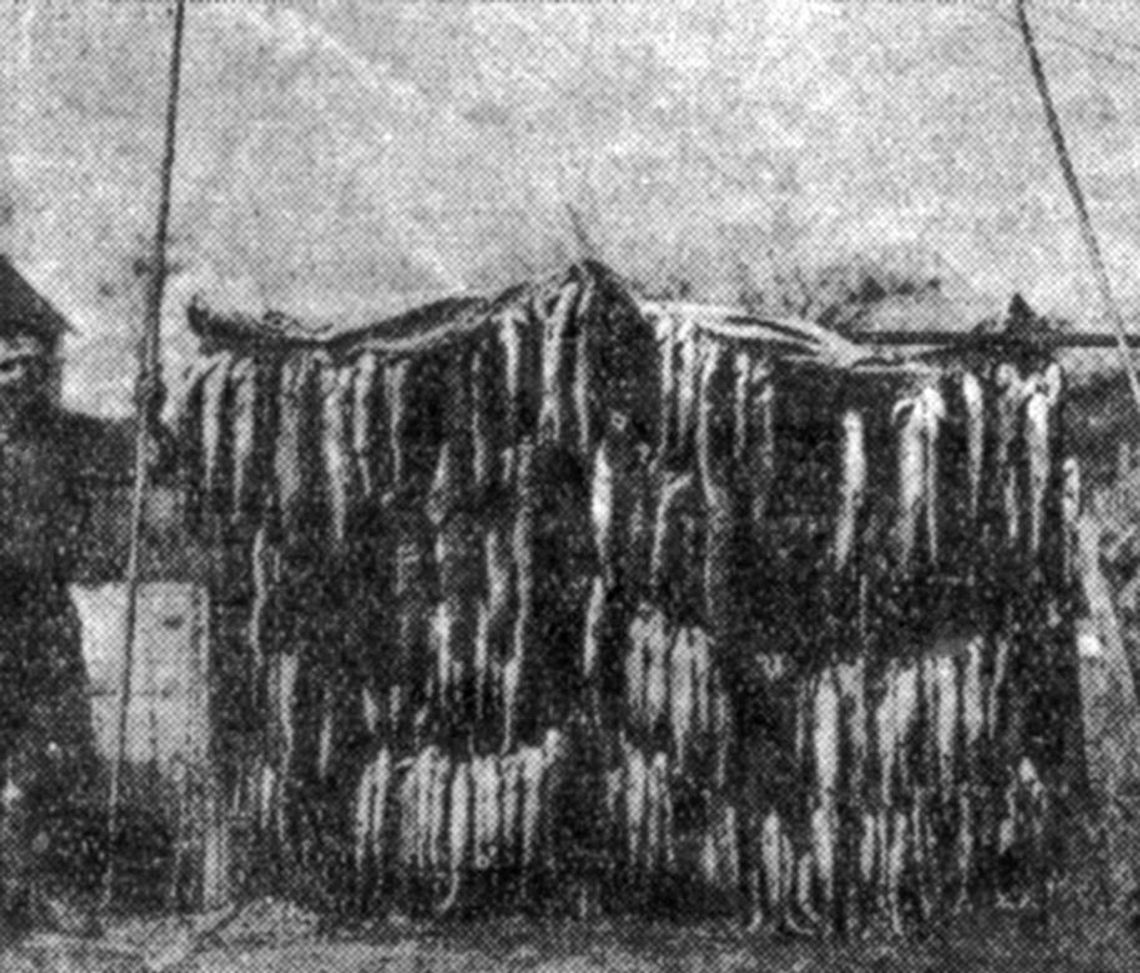An all-out war was declared years ago against “noxious fish” in Lake Leelanau, and the mercenaries made pretty good money for a long night of fighting gar pike and dogfish.
A clip from an unnamed newspaper and datelined “Traverse City, May 5” explains just how serious local folk took their sport fishing in Lake Leelanau. Gar pike and dogfish, which aren’t preferred table fare, were thought to be crowding sought-after species such as bass, pike and panfish.
“The 1930 campaign against dogfish and gar pike in Lake Leelanau got underway this week when Richard Lemcool and his son Freddie, 12, took 196 dogfish in one night with spears and jacklight,” the coverage began.
PLEASE LOG IN FOR PREMIUM CONTENT. Our website requires visitors to log in to view the best local news.
Not yet a subscriber? Subscribe today!









